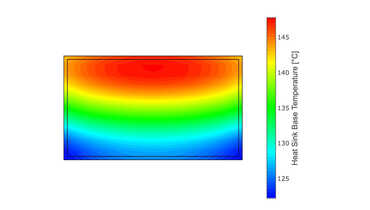According to Wikipedia, building a prototype is a method of software development. With it, you can quickly achieve initial results and receive early feedback on the suitability of a solution. The aim should be to identify problems and change requests at an early stage and to remedy them with less effort than would be possible after complete completion.
In many areas, such as the development of touch applications for medical technology, it makes sense to work with prototypes first. This allows us to test whether a user gets along with the product and whether it actually differs positively from the competitor in the user experience and which improvements to the product are necessary and useful.
3 Advantages of a prototype
Advantage 1: The customer expresses a wish and the development department implements it. Based on the prototype, it is immediately clear whether the customer's wishes coincide with the development result. Or whether the result and functionality deviates too much from what is efficiently possible, or whether the customer actually wanted it (cost-benefit factor).
Advantage 2: Is there no concrete specification of the product? It is often cheaper and less time-consuming to develop a prototype with a "vague" idea than to create a detailed specification.
Advantage 3: The prototype is more cost-effective than the finished end product. If it is not certain how the application will be received by the users, whether the demand is really as great as expected and the cost pressure is enormous, it should first be approached to the user community with a prototype. This reduces the cost risk enormously.
If a prototype is not enough, you simply create a successor. With each additional prototype successor, the progress of the project also takes its course, because something will change with each additional type in terms of appearance, functionality and increased user acceptance.



